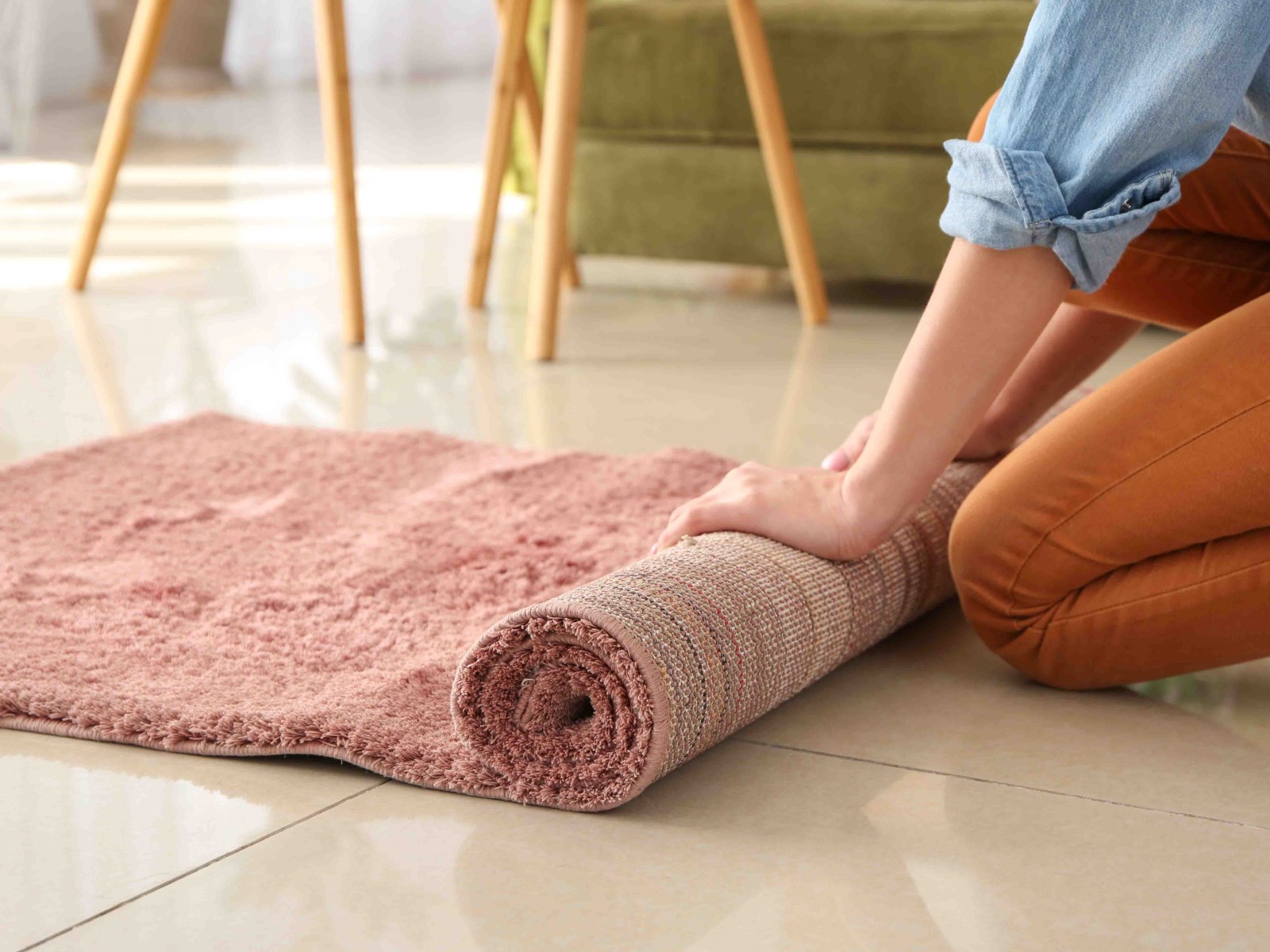

Articles
How To Get Creases Out Of Area Rugs
Modified: October 19, 2024
Learn effective techniques and tips on how to remove stubborn creases from your area rugs with our informative articles. Say goodbye to unsightly rug wrinkles for good!
(Many of the links in this article redirect to a specific reviewed product. Your purchase of these products through affiliate links helps to generate commission for Storables.com, at no extra cost. Learn more)
Introduction
Area rugs can instantly transform a room and add warmth, style, and comfort to any space. However, when you unroll a new or stored rug, you may often encounter one pesky problem – creases. These unsightly folds and wrinkles not only diminish the overall appearance of the rug but can also pose a tripping hazard. If you’re wondering how to get creases out of area rugs, you’ve come to the right place.
Creases in area rugs commonly occur due to folding, rolling, or storing the rug for an extended period. Additionally, shipping or handling during transportation can also contribute to creases forming on the rug’s surface. While these creases may seem stubborn and difficult to remove, there are several methods you can try to restore your area rug to its original smooth and flat state.
Before we dive into the different methods of treating creases in area rugs, it’s important to first understand the material and type of rug you’re dealing with. The best approach to removing creases can vary depending on these factors, so let’s explore them in detail.
Key Takeaways:
- Say goodbye to stubborn rug creases with gentle steam treatment or the wet towel and iron method. Just remember to assess your rug’s material and type before choosing a crease removal technique.
- For persistent creases, try rug reversal or rolling with weight application. Exercise patience and consider professional assistance for delicate rugs. Prevent future creases with proper storage and regular maintenance.
Read more: How To Get Bumps Out Of Area Rugs
Understanding Creases in Area Rugs
Creases in area rugs can occur for various reasons, and understanding the underlying causes can help you effectively treat and prevent them in the future. The most common cause of creases is folding or rolling the rug, especially when it’s done tightly or for an extended period. When a rug remains folded or rolled, the fibers become compressed, leading to the formation of wrinkles and creases.
Another factor that can contribute to creases is improper storage. If the rug is stored in a way that puts excessive pressure on specific areas, such as stacking heavy objects on top of it, it can cause persistent creases to develop. Additionally, handling and transportation during shipping can also lead to creases.
The severity of creases can vary depending on factors such as the rug’s material and thickness. Thicker rugs with dense fibers may be more prone to creasing, while thinner rugs with lighter materials may be less affected. Synthetic materials like polyester and nylon are often more resilient and less prone to creasing than natural fibers like wool or cotton.
It’s important to note that some rugs may come with inherent creases or wrinkles due to the manufacturing or shipping process. These are known as “temporary creases” and may resolve on their own over time, especially with regular use and foot traffic. However, if the creases are persistent and affecting the rug’s appearance, it’s worth addressing them through specific treatment methods.
Before proceeding with any treatment method, it’s crucial to assess the rug’s condition and consider any care instructions provided by the manufacturer. Some rugs may have specific guidelines for crease removal to avoid damaging the fibers or altering the rug’s structure. By understanding the type of rug and its unique characteristics, you can choose the most appropriate method to get rid of creases effectively.
Assessing the Material and Rug Type
When it comes to treating creases in area rugs, it’s essential to consider the rug’s material and type. Different materials and construction methods may require specific approaches to minimize the risk of damage while effectively eliminating creases.
Natural Fiber Rugs:
If you have a natural fiber rug, such as wool, cotton, or jute, it’s important to handle them with care. These rugs are more delicate compared to synthetic fibers and may require more gentle treatment methods. Avoid using excessive heat or pressure that could potentially damage or shrink the fibers. It’s advisable to consult the manufacturer or a professional cleaner for specific instructions on treating creases in natural fiber rugs.
Synthetic Fiber Rugs:
Rugs made from synthetic materials like polyester, nylon, or polypropylene are generally more resistant to creasing and can tolerate higher heat and pressure. This makes them suitable for a wider range of treatment methods. However, it’s still important to exercise caution and avoid using excessive heat that could melt or deform the fibers. Check the manufacturer’s guidelines or consult a professional cleaner if in doubt.
Flatweave Rugs:
Flatweave rugs, including kilims and dhurries, are woven without a pile and are typically thinner compared to other types of rugs. These rugs have a more flexible construction, making them easier to manipulate and remove creases. While any method can work for flatweave rugs, be mindful not to stretch or distort the rug’s shape when applying pressure or heat.
Tufted Rugs:
Tufted rugs have a pile that is glued or tufted onto a backing material. The problem with creases in tufted rugs is that the backing can separate from the pile when folded for an extended period. Be cautious when treating creases in tufted rugs, as excessive heat or pressure may further damage the backing or loosen the tufts. Consider professional assistance if the creases are severe or persistent.
By assessing the material and rug type, you can choose the most suitable method to treat the creases effectively without causing harm to the rug’s fibers or structure. It’s crucial to exercise caution and follow the specific guidelines provided by the manufacturer to ensure the best results.
Preparing the Rug for Treatment
Before you begin treating the creases in your area rug, it’s important to properly prepare the rug to ensure the best results. Taking the time to prepare the rug will help to loosen the fibers and make them more responsive to the treatment method you choose. Follow these steps to prepare your rug for crease removal:
- Unroll and lay the rug flat: If your rug is rolled or folded, carefully unroll it and lay it flat on a clean and smooth surface. This will allow the rug to relax and reduce tension in the fibers.
- Vacuum the rug: Before applying any treatment, thoroughly vacuum the rug to remove any dirt, dust, or debris that may be trapped in the fibers. Vacuuming will also help to loosen the creases and make them easier to remove.
- Apply a damp cloth or steam: Lightly dampen a clean cloth with water or use a steamer to gently moisten the rug’s surface. This will help to relax the fibers and make them more pliable. Be careful not to oversaturate the rug, especially if it’s made from natural fibers that may be prone to shrinking or water damage.
- Allow the rug to air dry: After applying moisture, allow the rug to air dry completely before proceeding with the chosen treatment method. Ensure that the rug is completely dry to prevent any potential damage during the crease removal process.
Preparing the rug before treatment will help to optimize the effectiveness of your chosen method and reduce the risk of damaging the fibers. By following these steps, you’ll create a favorable environment for successfully removing the creases in your area rug.
Method 1: Steam Treatment
One effective method to remove creases from area rugs is through steam treatment. Steam helps to relax the fibers, allowing them to regain their original shape and smoothness. Here’s how you can use steam to treat creases in your rug:
- Set up your steam source: If you have a steam cleaner or garment steamer, follow the manufacturer’s instructions to set it up. If you do not have a steamer, you can use a regular iron with a steam setting.
- Prepare the rug: Lay the rug flat on a clean and heat-resistant surface. Ensure the rug is positioned in a way that allows you to reach all the creased areas.
- Test the steam: Before applying steam directly to the rug, test it on a small, inconspicuous area to ensure it doesn’t cause any damage or discoloration.
- Apply steam to the creased areas: Hold the steam source a few inches above the creased areas and move it slowly back and forth. Steam the creased areas for a few seconds at a time, being careful not to oversaturate the rug.
- Gently smooth out the creases: After applying steam, use a clean cloth or your hand to gently smooth out the creased areas while they are still warm and pliable. Apply light pressure to encourage the fibers to relax and flatten.
- Allow the rug to dry: Once you’ve treated all the creased areas, allow the rug to air dry completely. This will help the fibers to set in their new smooth position.
Steam treatment is an effective and gentle way to remove creases from area rugs. However, it’s important to exercise caution and avoid using excessive heat or pressure, as it can damage the fibers. If you’re unsure or have a delicate rug, it may be best to consult a professional cleaner for steam treatment.
To get creases out of area rugs, lay the rug flat in the sun for a few hours to help the fibers relax and the creases to smooth out. You can also use a steamer or iron on a low setting to gently steam the creases out.
Method 2: Wet Towel and Iron
An alternative method to remove creases from area rugs is by using a wet towel and an iron. This method allows for direct heat application, which helps to relax the fibers and eliminate wrinkles. Here’s how you can use a wet towel and iron to treat creases in your rug:
- Prepare the materials: Fill a spray bottle with water and ensure your iron is set to the appropriate heat setting for the type of rug you have.
- Dampen the towel: Take a clean towel and dampen it thoroughly with water from the spray bottle. Ensure the towel is evenly moist but not dripping wet.
- Lay the towel on the creased area: Place the damp towel directly over the creased area of the rug, ensuring it covers the entire creased section.
- Apply heat with the iron: Gently place the heated iron on top of the damp towel. Press down lightly and move the iron slowly back and forth over the towel. The combination of heat and moisture will help relax the fibers and alleviate the creases.
- Check the progress: Lift the iron and towel periodically to check the progress. If the creases are still visible, continue applying heat and gently smoothing out the rug until the creases are reduced or eliminated.
- Allow the rug to cool and dry: Once you’ve treated the creased areas, remove the towel and allow the rug to sit undisturbed until it cools down completely. This will allow the fibers to set in their new smooth position.
It’s crucial to exercise caution when using this method to prevent any damage to the rug. Avoid leaving the iron on the towel in one spot for too long, as excessive heat can scorch or melt the fibers. If your rug is made from a delicate material or you’re unsure about using this method, it’s best to consult a professional cleaner for guidance.
Using a wet towel and iron can be an effective way to eliminate creases in area rugs, but it’s important to follow the proper guidelines to ensure the best results and avoid causing any damage to your rug.
Method 3: Rug Reversal
If your area rug has stubborn creases that are not easily treated with steam or heat methods, reversing the rug may be an effective solution. This method involves flipping the rug over and allowing gravity to naturally flatten out the wrinkles. Here’s how you can use the rug reversal method to get rid of creases:
- Assess the rug: Examine the rug to determine if reversing it is a suitable option. This method typically works best for rugs with less severe creases or those made from flexible materials.
- Clear the area: Clear the area where the rug is placed to ensure there are no obstacles or furniture that could obstruct the reversal process.
- Protect the floor: Lay a protective layer, such as a clean sheet or drop cloth, on the newly exposed floor surface to prevent any dirt or debris from transferring onto it.
- Carefully flip the rug: With the help of another person, gently lift and flip the rug over, so the creased side is facing downwards. Take care not to drag or pull the rug across the floor to prevent any additional damage.
- Allow gravity to do its work: Once the rug is flipped, leave it undisturbed for a few days to allow gravity to naturally flatten out the creases. It may be helpful to place some weights or heavy objects on the corners or edges of the rug to encourage the flattening process.
- Reassess the rug: After a few days, check the rug to see if the creases have significantly reduced or disappeared. If necessary, repeat the process of flipping and allowing the rug to reverse until the desired results are achieved.
Reversing the rug can be a simple yet effective method to get rid of creases, especially for less severe cases. It allows the rug to relax and naturally flatten out without the need for additional treatments or external pressure.
Note that this method may not be suitable for all rug types, especially those with rigid backing or stiff fibers. If you’re unsure about using this method or have concerns about your specific rug, it’s advisable to consult a professional cleaner for guidance.
Method 4: Rug Rolling and Weight Application
Another effective method to remove creases from area rugs involves rolling the rug and applying weights to help flatten out the wrinkles. This method allows for prolonged pressure on the creased areas, encouraging the fibers to relax and regain their original shape. Here’s how you can use the rug rolling and weight application method:
- Prepare the rug: Lay the rug flat on a clean and smooth surface, ensuring it is free from any debris or obstacles.
- Determine the direction: Identify the direction in which the rug needs to be rolled to eliminate the creases. This is usually opposite to the way the rug was originally folded or rolled.
- Start rolling the rug: Begin rolling the rug tightly in the direction you identified. Roll it as tightly as possible without causing any damage to the rug’s fibers or structure.
- Secure the rolled rug: Once the rug is fully rolled, use a strong strap or some heavy-duty tape to secure the roll and prevent it from unraveling.
- Apply weights: Place heavy weights, such as books or dumbbells, on the areas of the rug where the creases are prominent. Make sure the weights are evenly distributed and cover the entire length of the rolled rug.
- Leave the rug rolled and weighted: Allow the rug to remain rolled and weighted for several days or even up to a week. This extended pressure and immobilization will encourage the fibers to gradually relax and flatten out.
- Unroll the rug: After the designated time, carefully remove the weights and unroll the rug. Slowly flatten out the rug and assess the creased areas to see if they have significantly reduced or disappeared.
This method may require some patience as it can take time for the creases to fully disappear. However, it is an effective technique that allows the natural resilience of the rug fibers to restore the rug’s smooth and flat appearance.
It’s important to note that not all rugs may respond well to this method, especially if they have a less flexible construction. If you’re unsure about using this method on your specific rug or have concerns about potential damage, consult a professional cleaner for advice.
Additional Tips and Considerations
When dealing with creases in area rugs, there are a few additional tips and considerations to keep in mind to ensure successful and safe treatment:
- Patience is key: Removing creases from area rugs can take time, especially for stubborn wrinkles. Be patient and allow the chosen method to work its magic, giving the fibers ample opportunity to relax and flatten out.
- Follow manufacturer guidelines: Always refer to the manufacturer’s guidelines, care instructions, and warranty information before attempting any crease removal methods. Some rugs may have specific recommendations or restrictions that should be followed to prevent damage.
- Test in inconspicuous areas: Before applying any treatment method to the entire rug, test it in a small, inconspicuous area first. This allows you to assess the effect it may have on the rug’s fibers or colors and make adjustments as needed.
- Consider professional assistance: If you have a valuable or delicate area rug, or if the creases persist despite your efforts, it may be best to consult a professional rug cleaner or restoration specialist. They have the expertise and equipment to safely and effectively treat the creases while minimizing the risk of damage.
- Prevent future creases: To prevent future creases from forming in your area rug, consider proper storage and handling techniques. Avoid folding or rolling the rug tightly for long periods and store it in a flat, unobstructed position to maintain its original form.
- Regular maintenance: Regularly vacuuming and gently brushing your area rug can help keep the fibers in good condition and prevent the formation of minor creases. This will also help maintain the rug’s overall appearance and longevity.
By following these additional tips and considerations, you can effectively treat creases in your area rug while protecting its integrity and ensuring long-lasting beauty.
Conclusion
Dealing with creases in area rugs can be frustrating, but with the right methods and techniques, you can restore your rug to its original smooth and flat state. Whether you opt for steam treatment, the wet towel and iron method, rug reversal, or rug rolling with weight application, it’s important to consider the material and type of rug you’re working with to ensure safe and effective treatment.
Remember to prepare the rug properly before applying any treatment, taking care to remove dirt and dust and gently moistening the fibers. Additionally, always follow the manufacturer’s guidelines and test any method in an inconspicuous area before proceeding to ensure the best results.
While these methods can effectively remove creases, it’s crucial to exercise patience, as it may take time for the rug to fully regain its smooth and flat appearance. If you’re unsure or have concerns about potential damage, it’s wise to consult a professional rug cleaner or restoration specialist.
By treating creases in your area rug and implementing preventive measures, such as proper storage and regular maintenance, you can keep your rug in excellent condition and enhance its longevity.
So, don’t let creases ruin the look of your area rug. With the guidance provided in this article, you now have the knowledge and techniques to tackle those stubborn wrinkles and restore your rug to its beautiful, crease-free state.
Frequently Asked Questions about How To Get Creases Out Of Area Rugs
Was this page helpful?
At Storables.com, we guarantee accurate and reliable information. Our content, validated by Expert Board Contributors, is crafted following stringent Editorial Policies. We're committed to providing you with well-researched, expert-backed insights for all your informational needs.
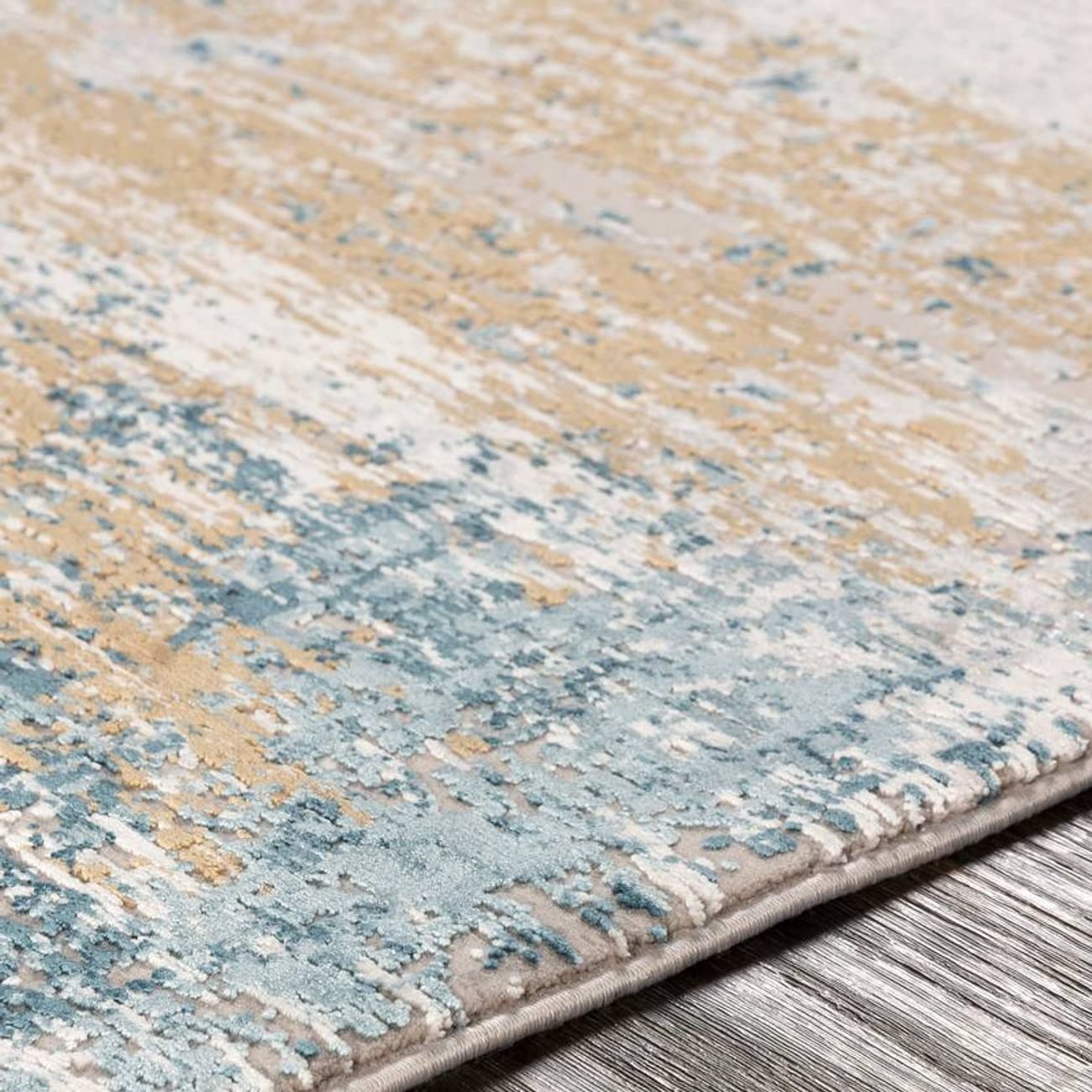
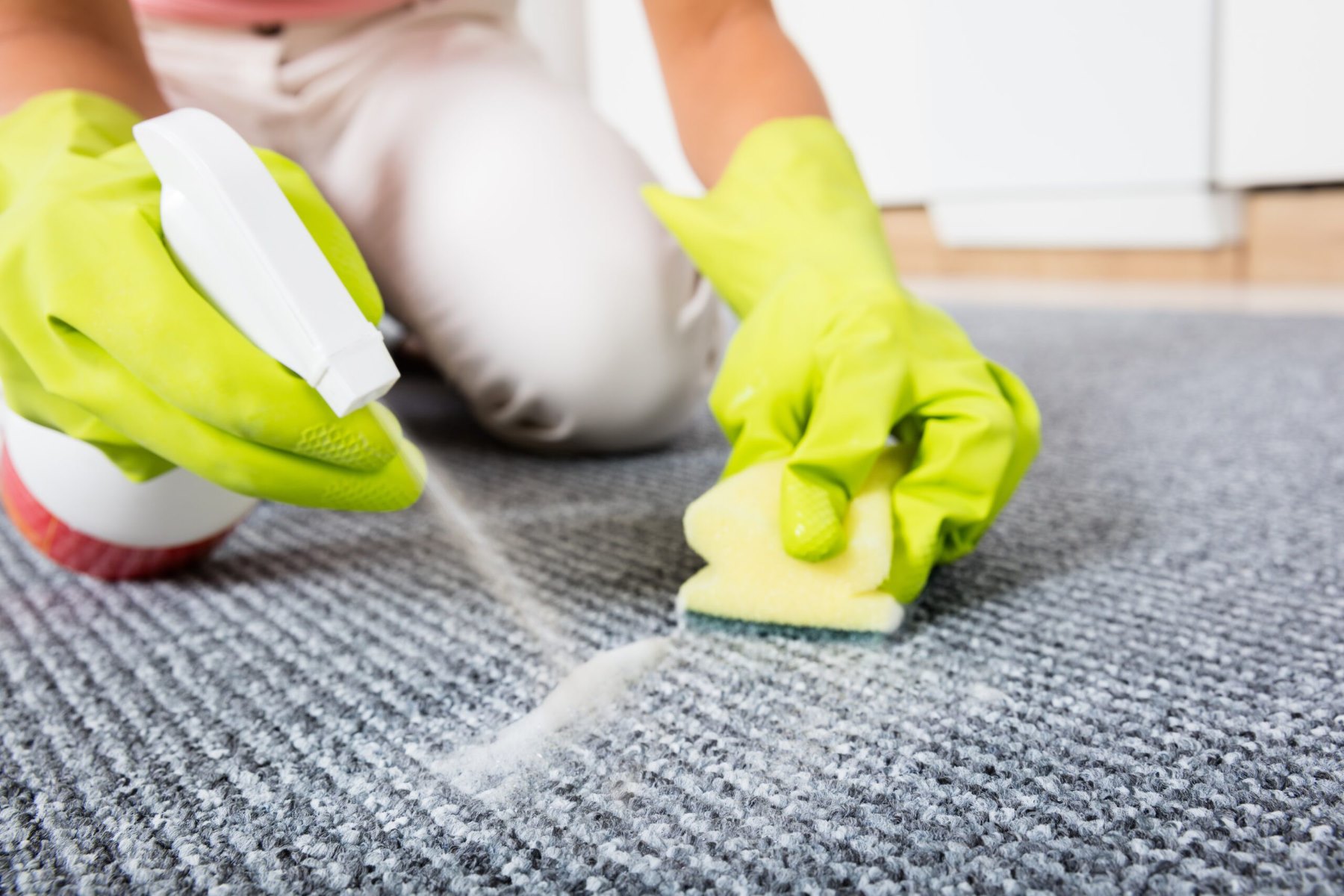

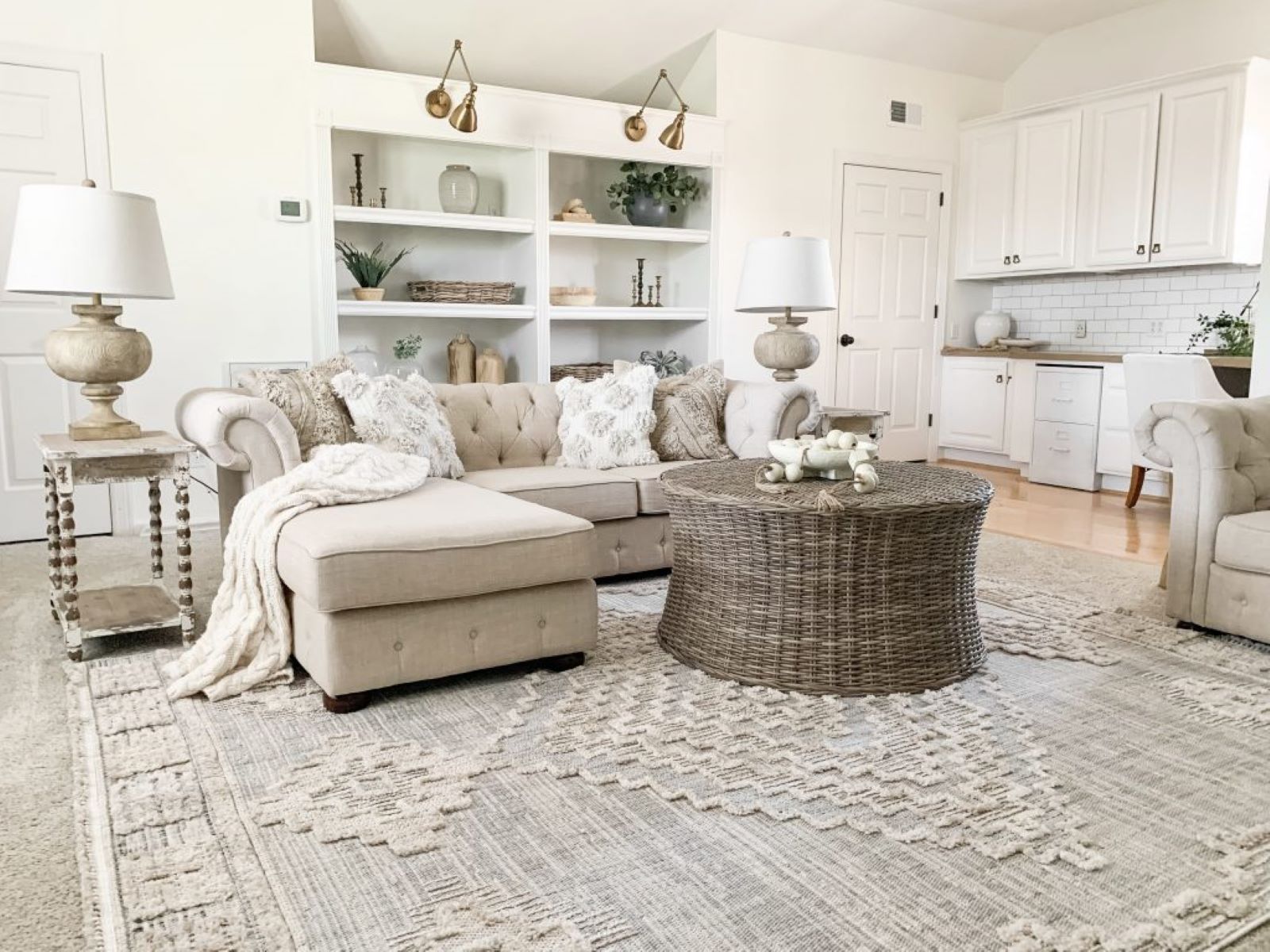
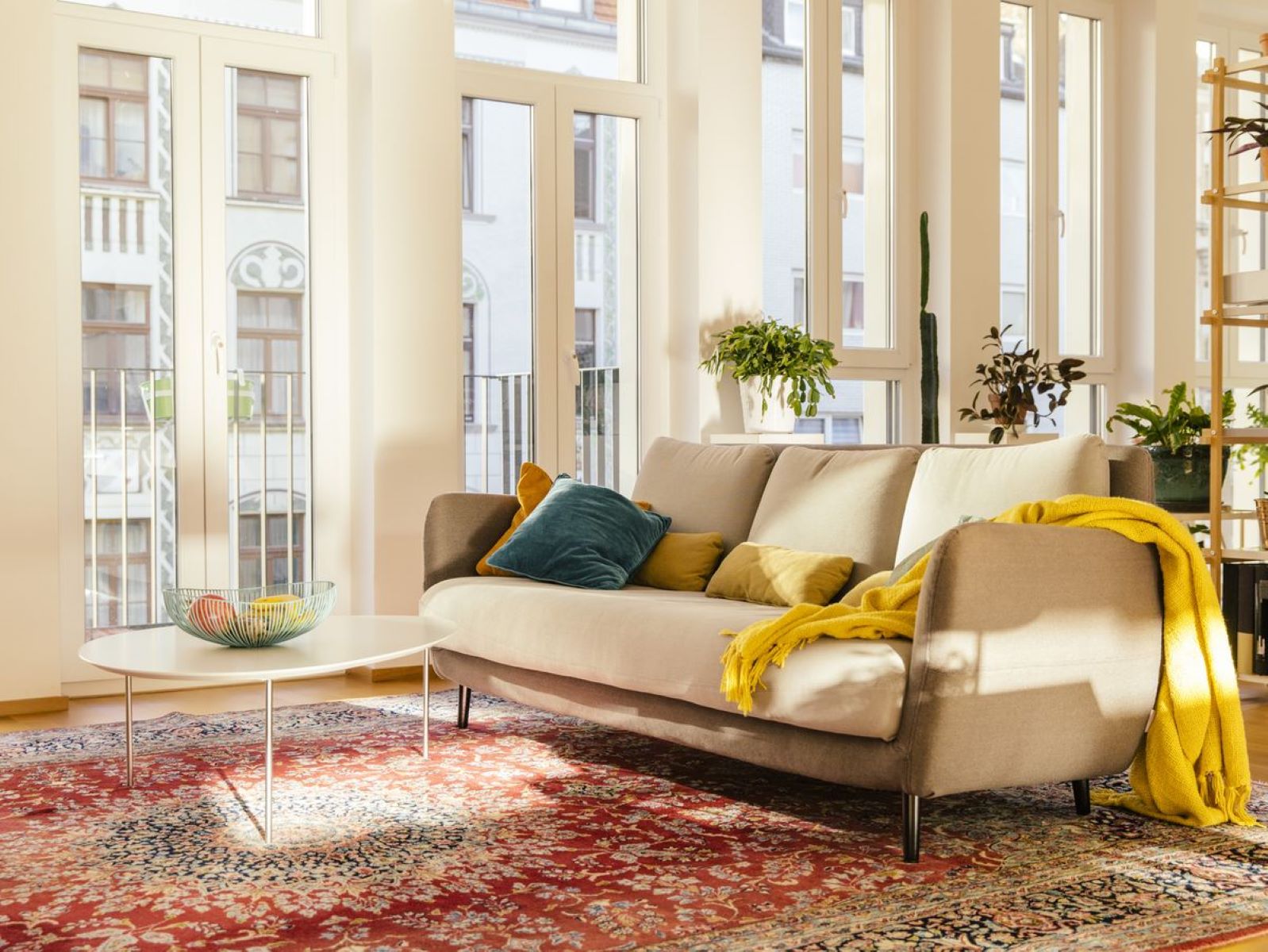
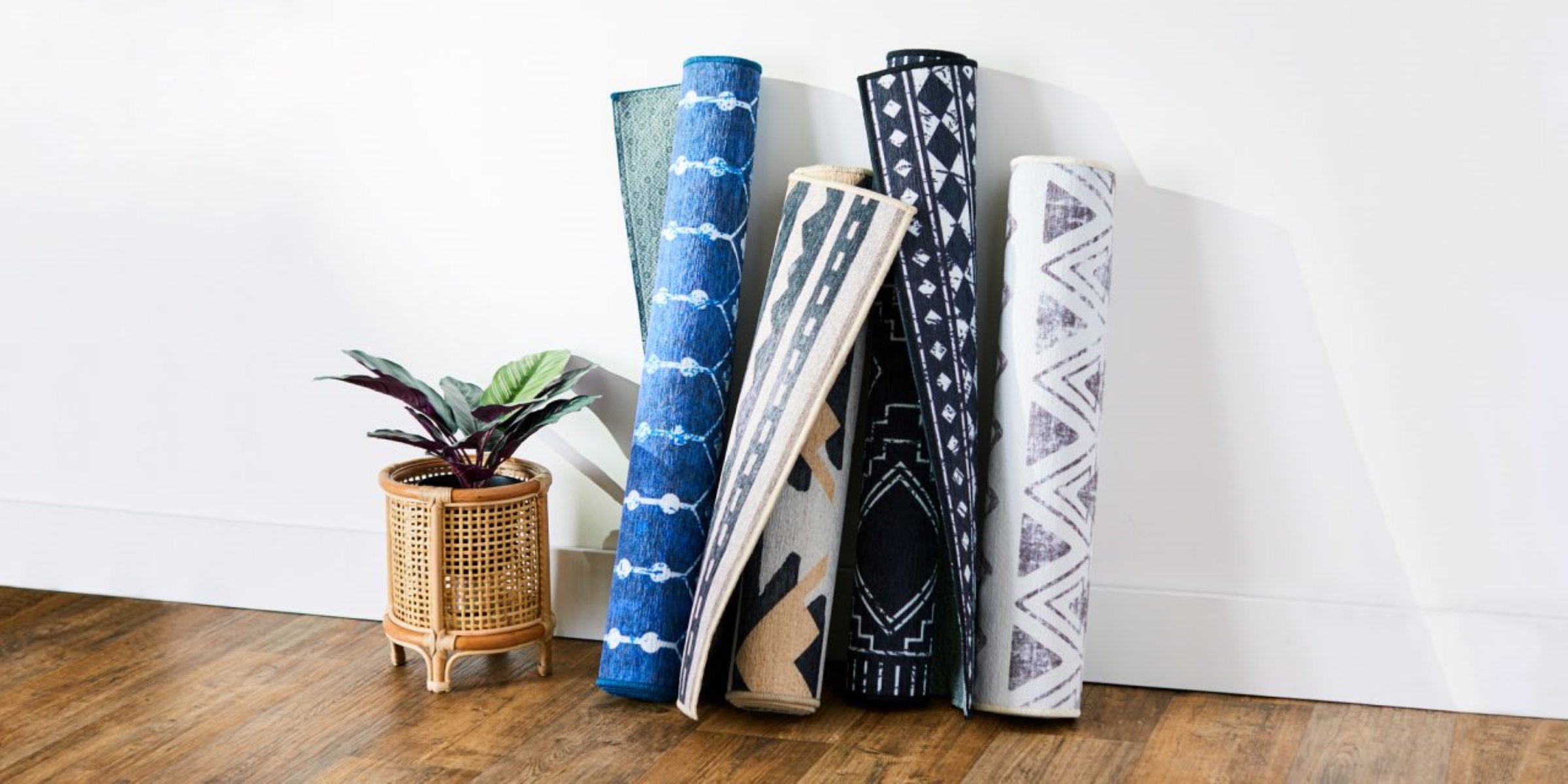
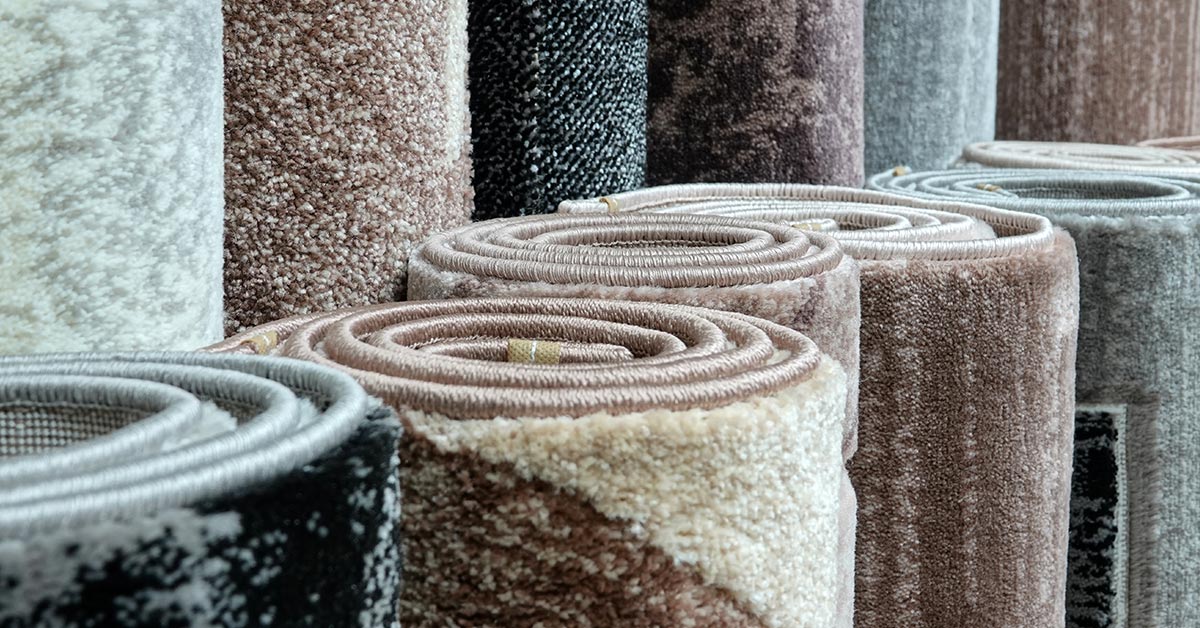
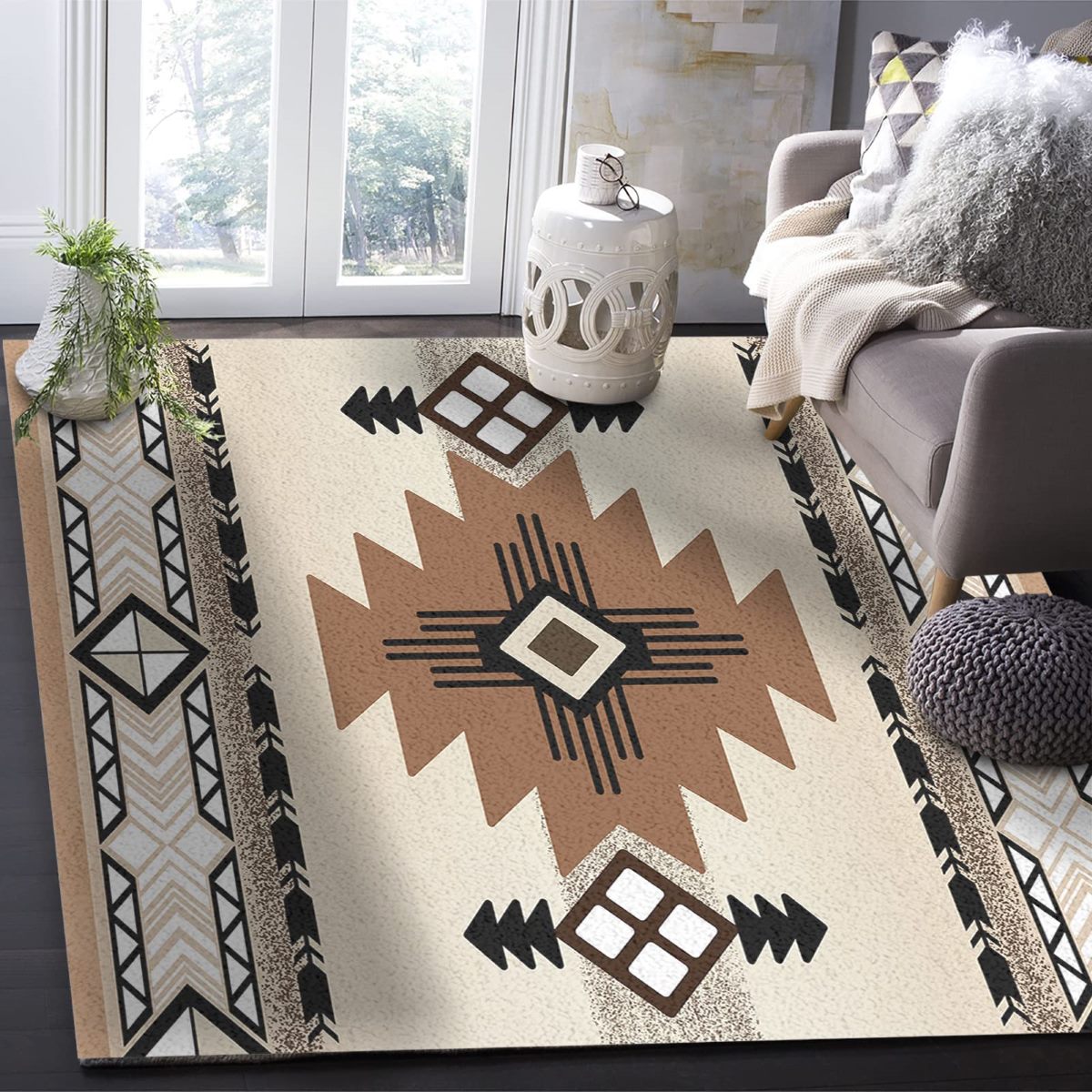
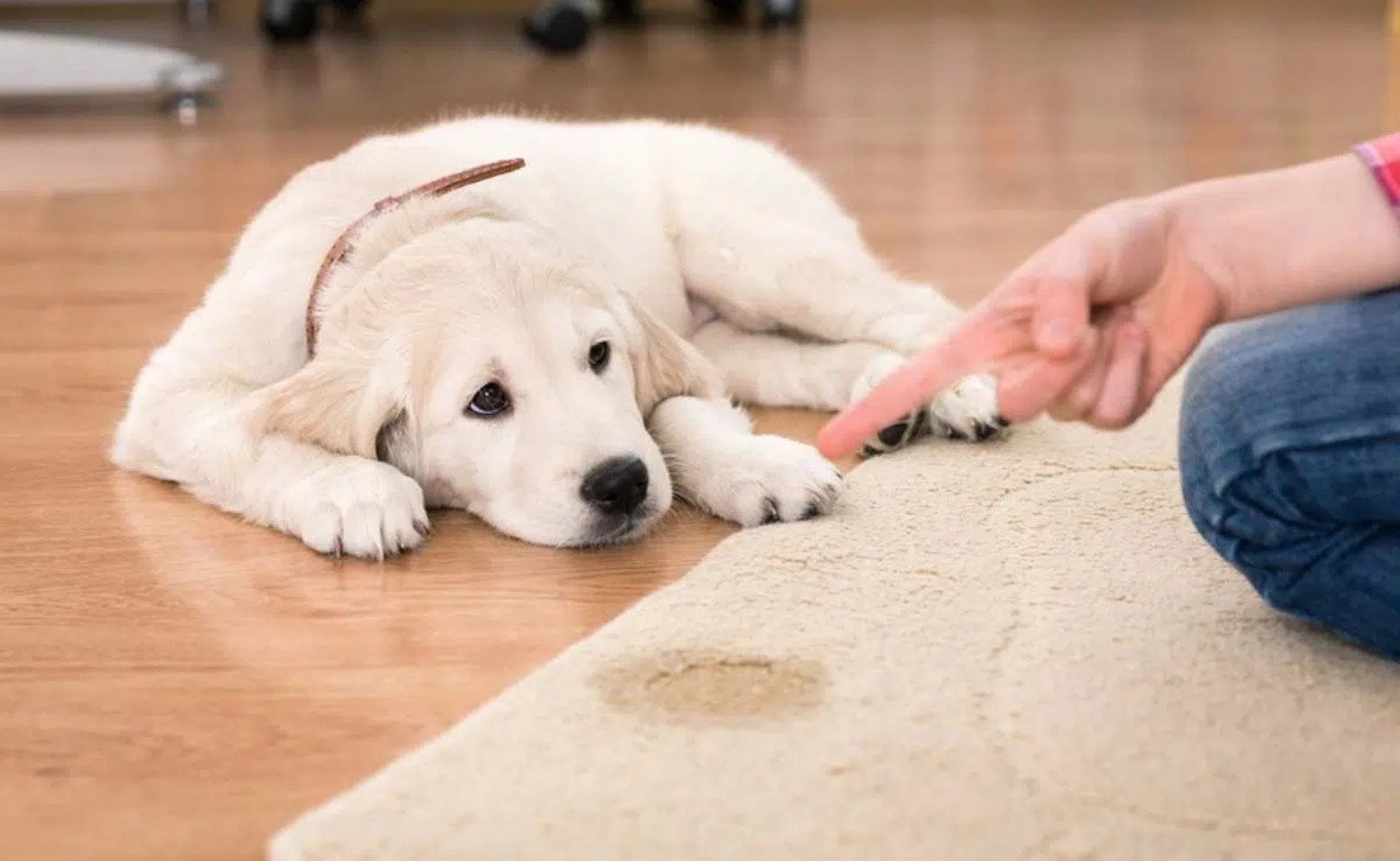
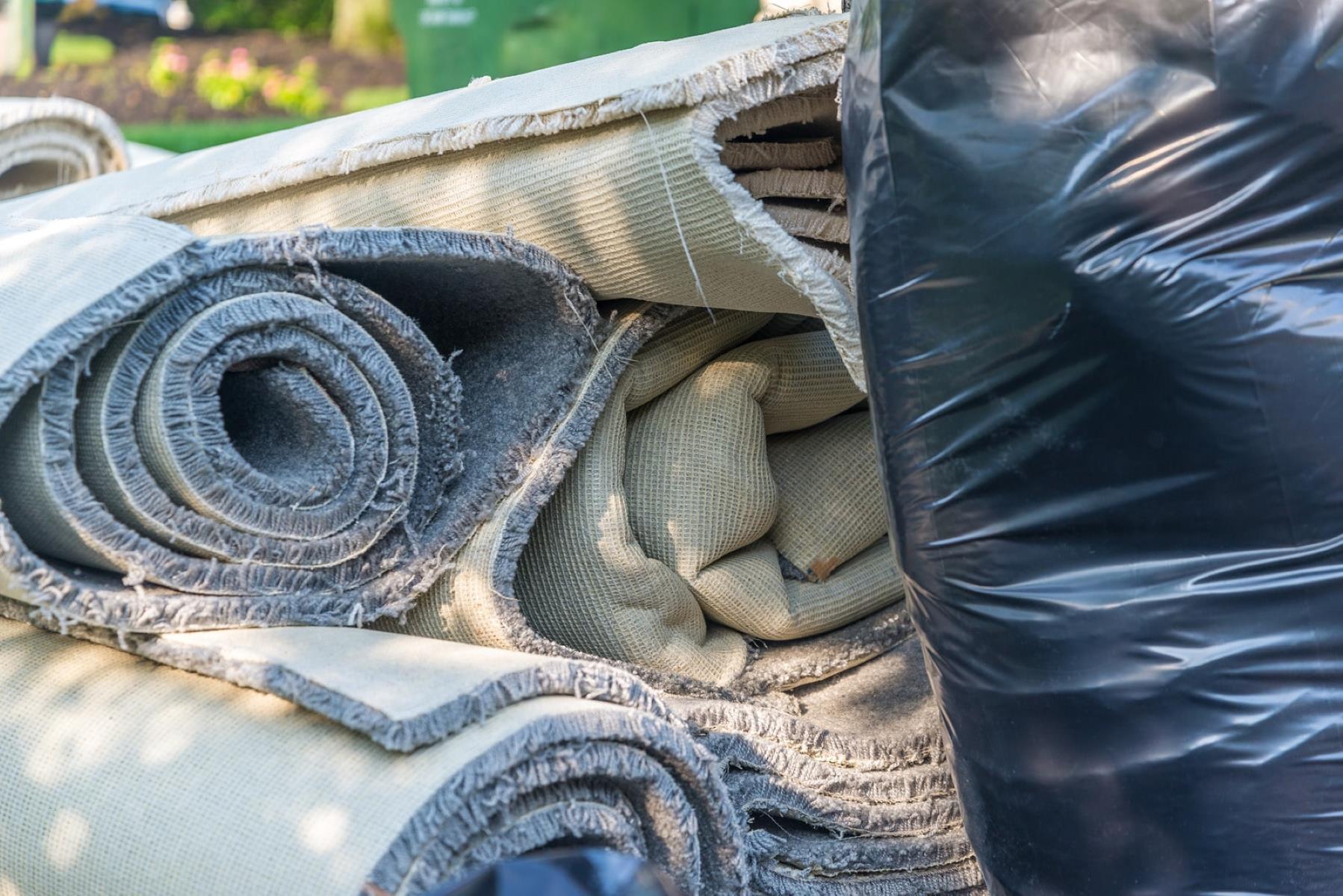
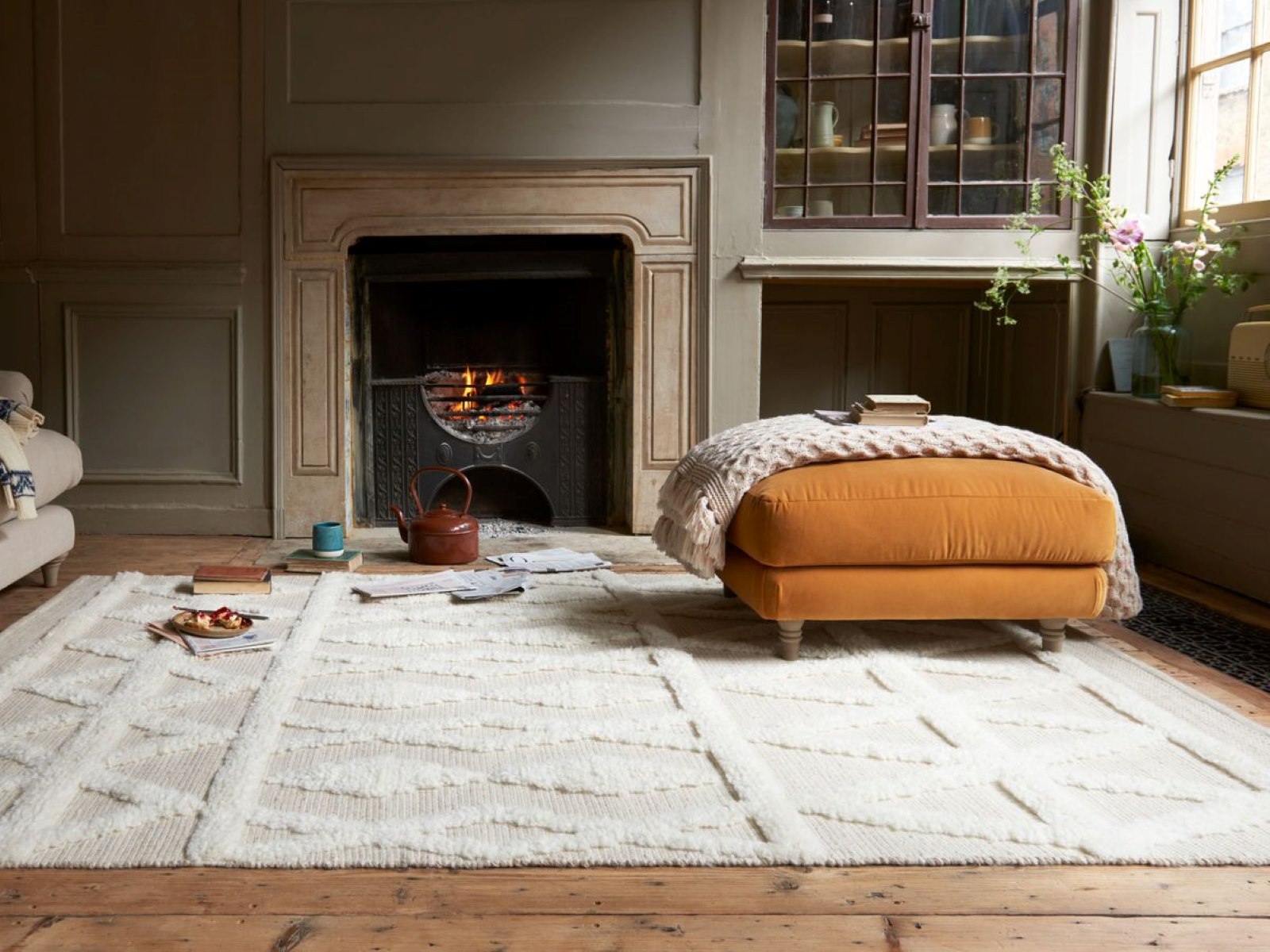
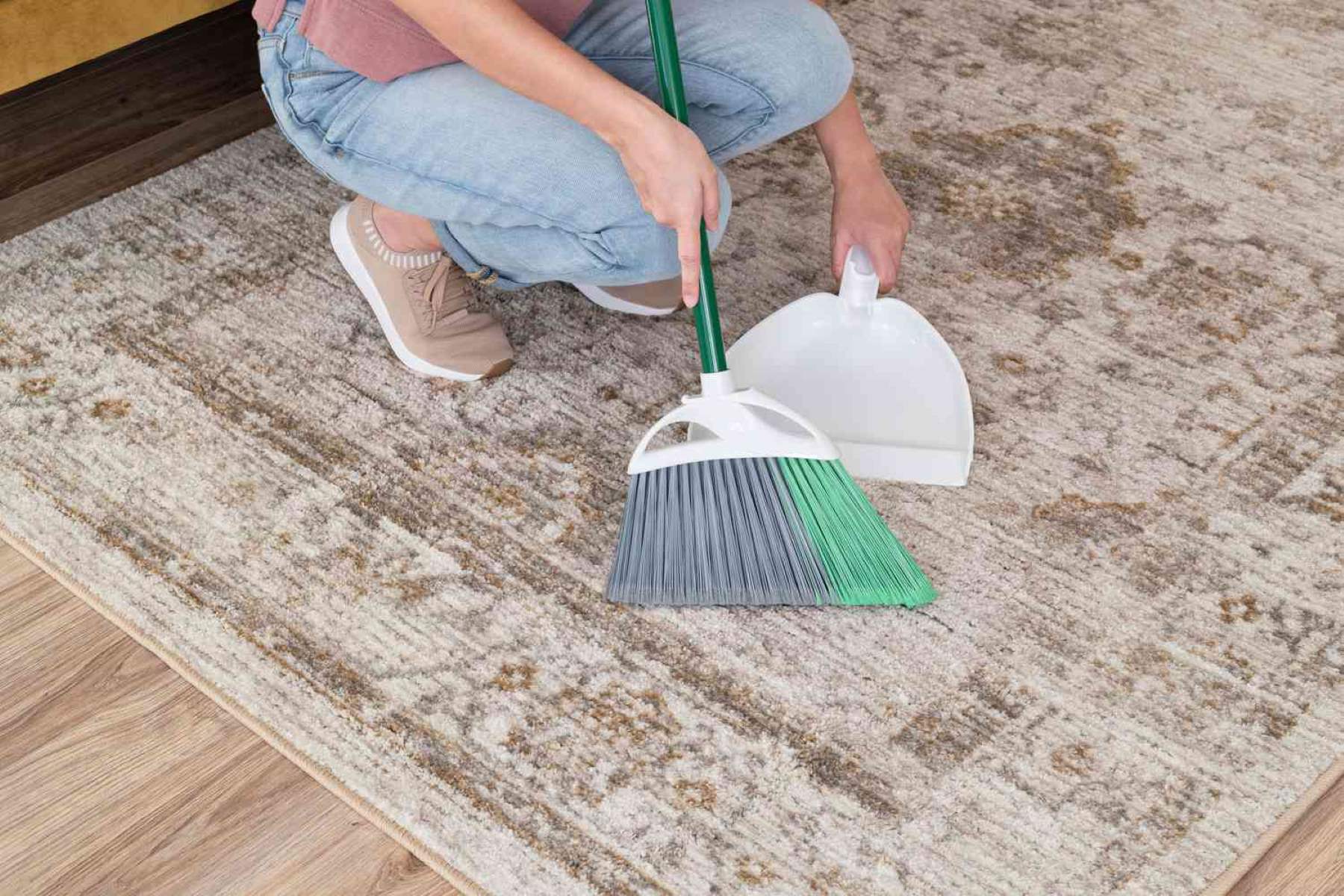
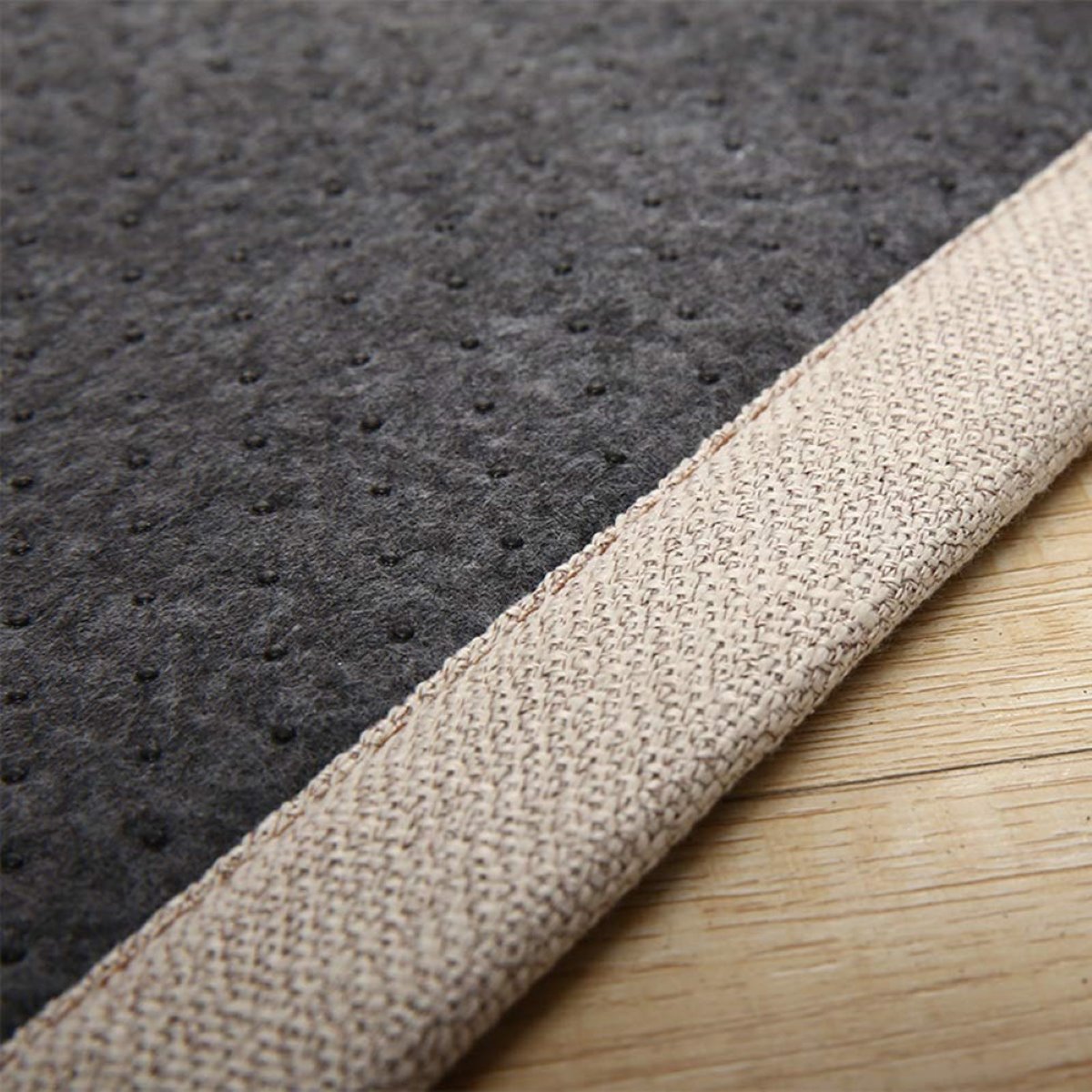

0 thoughts on “How To Get Creases Out Of Area Rugs”